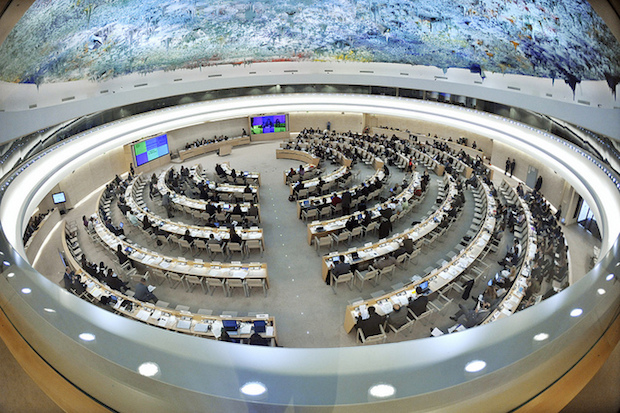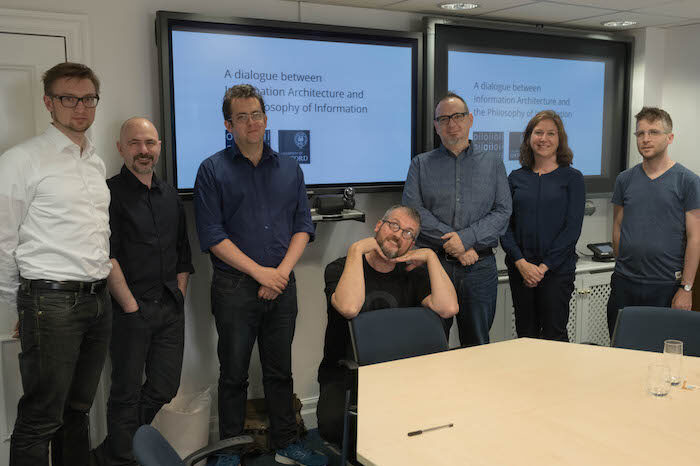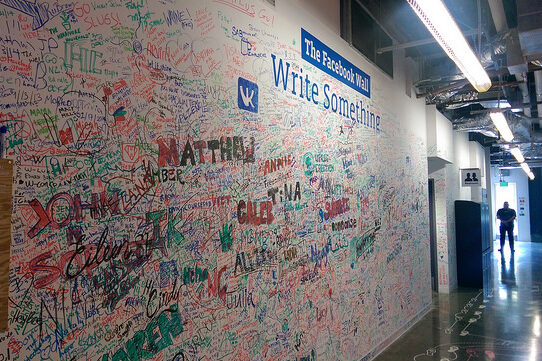Category: Ethics
News
- Articles from Policy & Internet
- Books
- Call for Papers
- Child Safety
- Collective Action
- Conferences
- Democracy
- Development
- Economics
- Education
- Environment
- Ethics
- Governance & Security
- Health
- Interviews
- Mapping
- Methods
- Policy
- Politics & Government
- Publications
- Social Data Science
- Submissions Closed
- Tools
- Video
- Wellbeing
-

Human Rights and Internet Technology: Six Considerations
—
in EthicsThe United Nations Human Rights Council has reaffirmed many times that “the same rights that…
-

Could Counterfactuals Explain Algorithmic Decisions Without Opening the Black Box?
—
in EthicsExploring the role of algorithms in our everyday lives, and how a “right to explanation”…
-

Latest Report by UN Special Rapporteur for the Right to Freedom of Expression is a Landmark Document
—
in EthicsWhat is the responsibility of the private industry, which runs and owns much of the…
-

Five Pieces You Should Probably Read On: Reality, Augmented Reality and Ambient Fun
—
Things you should probably know, and things that deserve to be brought out for another…
-

Exploring the world of digital detoxing
—
Advocates of “digital detoxing” view digital communication as eroding our ability to concentrate, to empathise,…
-

Information Architecture meets the Philosophy of Information
Advancing the practical and theoretical basis for how we conceptualise and shape the infosphere.





